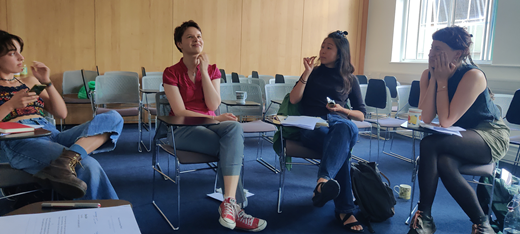In this Review, Janet Stott and Catarina Vicente (University of Oxford) propose an in-depth framework for science public engagement projects that can potentially bring together academics from diverse disciplines.
“Any good quality two-way public engagement should benefit both researchers and the public.”
#scienceoutreach #publicengagement #community #OpenAccess #BiologyOpen
Interdisciplinary public engagement: untapped potential?
Summary: We propose that interdisciplinary public engagement (public engagement projects that bring together academics from several academic disciplines) is a novel and potentially mutually beneficial approach to engage the public.
